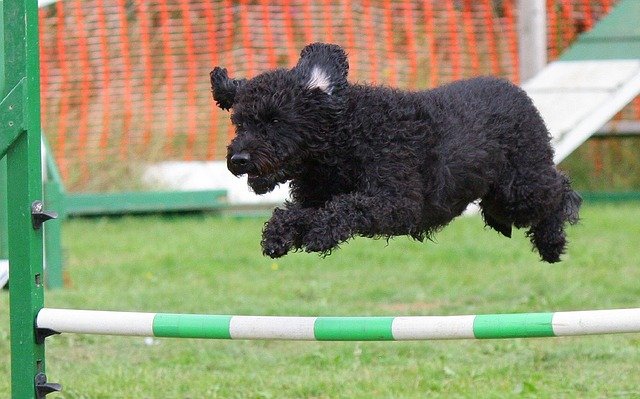Transitioning companions to new living environments smoothly
Moving a companion animal to a new home or environment can be stressful for both pet and owner. This article outlines practical, evidence-based approaches to reduce anxiety, support behavior adjustment, and maintain physical and emotional wellness during transitions.

Moving a pet to a new home or adjusting their environment can trigger a range of responses, from curiosity to anxiety. Successful transitions rely on planning, consistent routines, and attention to both physical and emotional needs. This article explores practical steps to support behavior, enrichment, training, socialization, nutrition, and overall wellness so your companion adapts with fewer setbacks. The guidance is relevant for dogs, cats, small mammals, and many other familiar companion species, and it emphasizes gradual change, predictable schedules, and positive reinforcement to reduce stress and encourage bonding.
How can behavior changes be anticipated and managed?
Pets often show altered behavior after a move: increased vocalization, hiding, changes in appetite, or redirected behaviors. Start by observing baseline behavior before the transition when possible, and keep a simple log of eating, elimination, play, and sleep. Use positive reinforcement to reward calm responses and avoid punishment, which can increase anxiety. For pets that develop location-specific fears, desensitization—gradually exposing them to new sights, sounds, and surfaces paired with treats—can reshape associations. Work with a veterinarian or certified behaviorist if aggressive or compulsive behaviors intensify, as these may require professional intervention.
What enrichment and stimulation support settling in?
Environmental enrichment reduces stress and encourages natural behaviors. Offer scent-based enrichment like bedding from the previous environment, puzzle feeders, scatter feeding, and varied textures for exploration. For indoor cats, vertical spaces and hiding spots can help; for dogs, interactive toys and short scent-tracking games are calming. Rotate toys and enrichment activities to maintain novelty. Enrichment should be predictable in timing so it complements daily schedules and helps pets form positive routines tied to the new environment.
Which training approaches ease adaptation and socialization?
Maintain or re-establish basic training routines to provide structure. Short, regular training sessions using positive reinforcement (clicker or marker-word followed by treats) rebuild confidence and clarity. Use training to reinforce cues that promote calm behavior—sit, settle, or a mat/stay routine—and to reintroduce leash, crate, or carrier skills when changing contexts. Socialization in a new area should be gradual: controlled, positive interactions with new people, animals, and environments at a pace the pet tolerates, focusing on low-stress exposure rather than overwhelming novelty.
How should nutrition and wellness be handled during transition?
Keep meals and diet consistent when possible; sudden food changes can cause digestive upset and compound stress. If diet must change, transition gradually over 7–10 days. Monitor water intake and elimination patterns and watch for appetite loss that persists beyond a few days. Continue regular veterinary care, ensure preventive treatments remain up to date, and consider short wellness checks if the move coincides with any health concerns. Good sleep, appropriate feeding schedules, and routine enrichment support both physical recovery and emotional resilience.
What strategies reduce anxiety while strengthening bonding and grooming?
Create predictable daily schedules for walks, play, feeding, and quiet time—predictability reduces anxiety. Gentle grooming sessions can increase bonding when done calmly and paired with treats; if a pet resists, break grooming into short, positive sessions. For anxious animals, calming tools (thunder shirts, pheromone diffusers for species where available, or white noise) may help temporarily but should be paired with behavioral strategies. Spend quiet, attentive time near the pet without pressuring interaction to let them choose engagement, which reinforces trust and strengthens bonding.
How to manage exercise, schedules, and long-term adjustment?
Regular exercise and consistent schedules are central to successful adjustment. Daily walks, play, or species-appropriate activity provide physical outlets for energy and improve mood. Establish clear sleeping and feeding locations and maintain consistent timing to support circadian cues. For long-term stimulation, rotate enrichment, introduce new but gradual challenges, and continue training to build confidence. Expect an adjustment period that can range from days to months depending on the animal and circumstances; ongoing monitoring and small, steady changes yield the best outcomes.
Conclusion
Transitioning a companion to a new living environment is a multifaceted process that benefits from planning, predictable schedules, and attention to behavior, enrichment, training, socialization, nutrition, and wellness. Small, consistent steps—paired with patience and observation—help reduce anxiety and support a strong, lasting bond as your pet adapts to their new surroundings.





